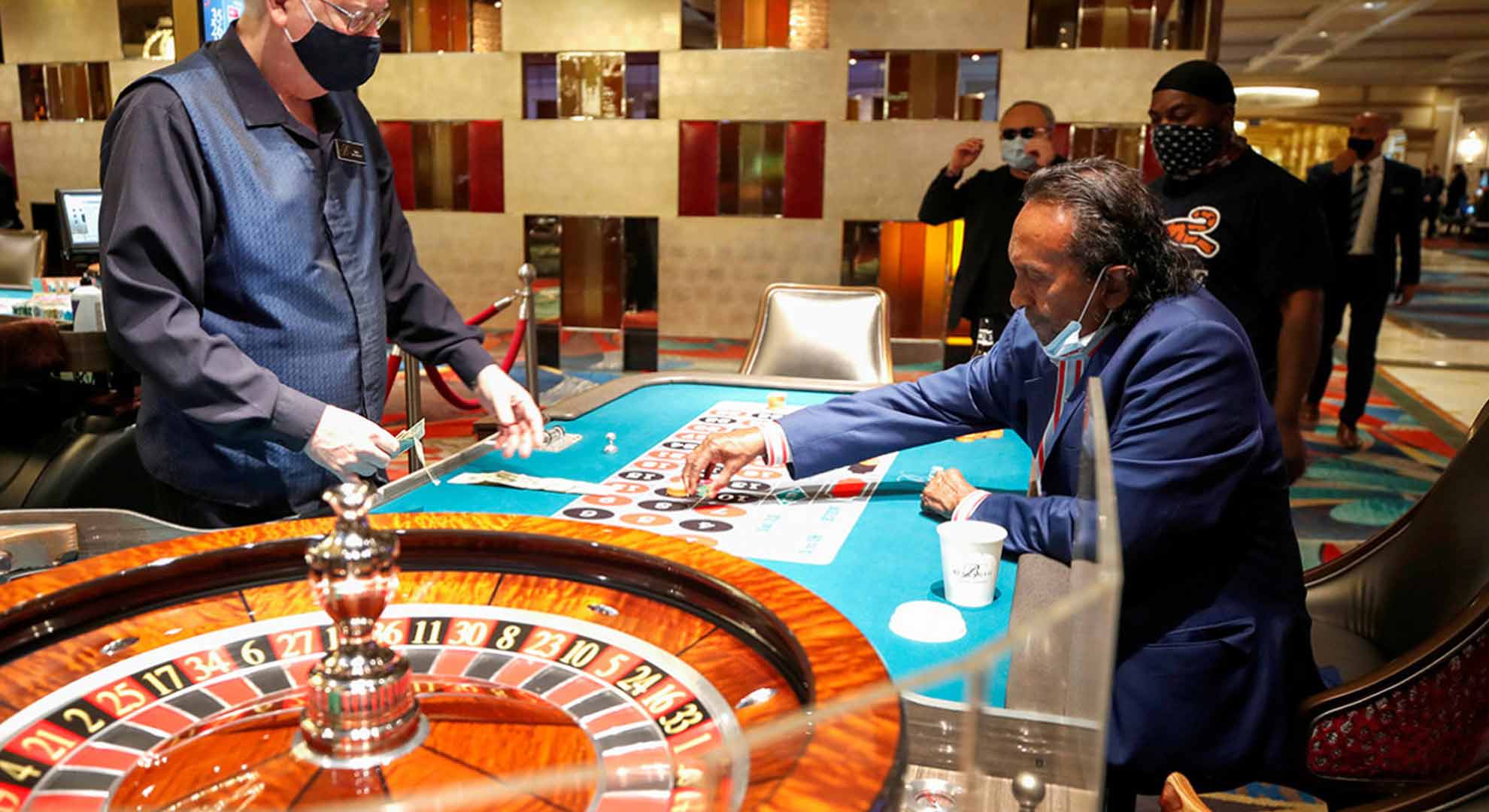Sejarah Panjang Mesin Slot Dunia
The Rich and Long History of the Slot Machine
From the flashing lights of Las Vegas casinos to the vibrant screens of online gaming platforms, the slot machine is an undeniable icon of the gambling world. Its simple yet captivating mechanism has entertained millions for over a century. But this global phenomenon didn't appear overnight. The evolution of the slot machine is a fascinating story of innovation, legal hurdles, and technological leaps, tracing a path from clunky mechanical contraptions to sophisticated digital experiences. This is the long history of the world's slot machine.
The Precursor: The Sittman and Pitt Poker Machine
Before the "one-armed bandit" became famous, the foundation was laid in 1891 by a New York-based company, Sittman and Pitt. They developed a gambling machine that is widely considered the direct ancestor of the modern slot. This device was not based on spinning reels of symbols but on 50 playing cards spread across five drums. For a nickel, a player could pull a lever, which would spin the drums and reveal a five-card poker hand. The better the hand, the bigger the prize. However, these machines had no direct payout mechanism. Winners would claim their prize—typically a free beer or a cigar—from the bar owner where the machine was located. To increase the house edge, two cards were often removed from the deck: the ten of spades and the jack of hearts, making it impossible to get a royal flush.
Charles Fey and the "Liberty Bell" Revolution
The true birth of the slot machine as we know it came at the hands of a German immigrant and San Francisco mechanic named Charles August Fey. Between 1887 and 1895, Fey engineered a much simpler machine with a revolutionary feature: an automatic payout system. His most famous creation, the "Liberty Bell," unveiled in 1899, featured three spinning reels instead of five drums. The complex playing cards were replaced with five simple symbols: horseshoes, diamonds, spades, hearts, and a cracked Liberty Bell. By dramatically simplifying the design, Fey was able to create a reliable mechanism that could detect winning combinations and pay out coins automatically. Three Liberty Bells in a row yielded the largest prize of fifty cents, or ten nickels. The Liberty Bell was an instant success, and despite Fey never selling the manufacturing rights, his invention was quickly copied by countless competitors.
The Fruit Machine Era and Bypassing the Law
As the 20th century began, a growing anti-gambling sentiment led to the prohibition of cash-paying slot machines in many states. This legal pressure, however, did not kill the industry; it forced it to innovate. Manufacturers began producing machines that dispensed non-cash prizes, such as chewing gum, candy, and tokens. This is where the famous fruit symbols—cherries, lemons, oranges, and plums—originated. The flavors of the gum dispensed corresponded to the fruit symbols on the reels. The iconic BAR symbol, still used today, is believed to be a stylized logo of the Bell-Fruit Gum Company. These "fruit machines" allowed the industry to thrive under the guise of being simple vending machines.
The Electromechanical and Video Slot Revolution
For decades, slot machines remained purely mechanical devices. That changed in 1964 when a company called Bally developed the first fully electromechanical slot machine, named "Money Honey." While it still had a physical lever to start the game (a nod to tradition), the reels were operated by electricity, and it featured a bottomless hopper that could automatically pay out up to 500 coins without an attendant's help. This innovation paved the way for multi-coin bets and higher jackpots.
The next major leap came in 1976 with the invention of the first true video slot by the Las Vegas-based Fortune Coin Co. It used a modified 19-inch Sony TV screen to display the reels. Initially, players were skeptical of a digital machine, trusting the familiar mechanical reels more. However, once approved by the Nevada State Gaming Commission and popularized in Las Vegas casinos, video slots took over. The introduction of the Random Number Generator (RNG) microchip ensured fair, unpredictable outcomes and opened the door for more complex games with bonus rounds and exciting new features.
The Digital Age: Online Slots Take Over
The rise of the internet in the mid-1990s marked the final and most transformative chapter in the history of the slot machine. The first online casinos emerged, bringing slots directly into people's homes. This digital frontier removed all physical constraints. Developers could now create games with more than three reels, countless paylines, immersive themes, and intricate bonus features. Today, platforms like the m88 mansion slot offer a vast library of these digital marvels, showcasing just how far the technology has come. From a simple poker drum in a New York bar to a global online network of progressive jackpots, the slot machine's journey is a testament to human ingenuity and our timeless love for a game of chance.
tag: M88,



